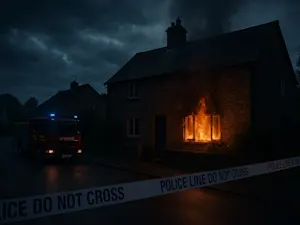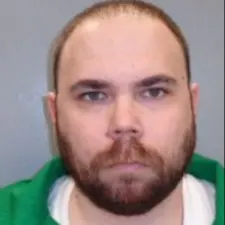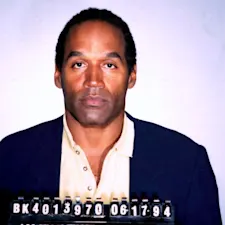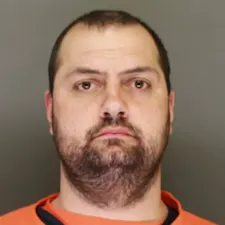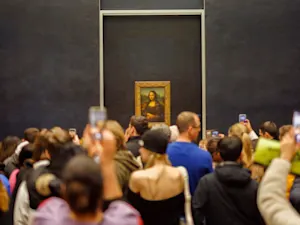
Did the Boston Strangler Act Alone?
The Boston Strangler case remains one of the most chilling and debated mysteries in American criminal history. From 1962 to 1964, 13 women were brutally murdered, gripping the city of Boston with fear. The prime suspect, Albert DeSalvo, confessed to the murders, but questions about his sole involvement continue to haunt investigators and the public. Let's delve into the enigmatic case, exploring the motives, potential accomplices, and the lasting impact on Boston's sense of safety.
The Boston Strangler's Motive: A Troubled Mind or Pure Evil?
Albert DeSalvo's confessions to the Boston Strangler murders were both detailed and disturbing. Known for his criminal background and psychological issues, DeSalvo seemed to fit the profile of a deranged killer seeking attention. His descriptions of the murders, including the methodical strangling and staging of victims, painted a picture of a deeply disturbed individual. Yet, some experts argue that DeSalvo's motive went beyond personal gratification. They suggest his actions were a desperate cry for recognition, driven by a fractured psyche and a need to assert control.
Did the Boston Strangler Have Accomplices?
Despite DeSalvo's graphic confessions, doubts linger about whether he acted alone. The case is riddled with inconsistencies suggesting multiple perpetrators. For example, the varying methods and victim profiles indicate a possible divergence in the killer's modus operandi, which is unusual for a single individual. Furthermore, DeSalvo's confessions were obtained under questionable circumstances, leading some to speculate he was coerced or manipulated into confessing to crimes he didn't commit for reward money.
Intriguingly, contemporary forensic analysis has added layers to the mystery. Initially, the DNA evidence from the final victim, Mary Sullivan, did not match DeSalvo. In later years, as DNA technology improved, forensics retested DeSalvo's DNA against the evidence from Mary Sullivan's crime scene – it was a match! Although it proved that DeSalvo was at Sullivan's home, it did not prove that he murdered her. This revelation has reignited debates about the involvement of other individuals, possibly a network of killers operating under the guise of a single Strangler.
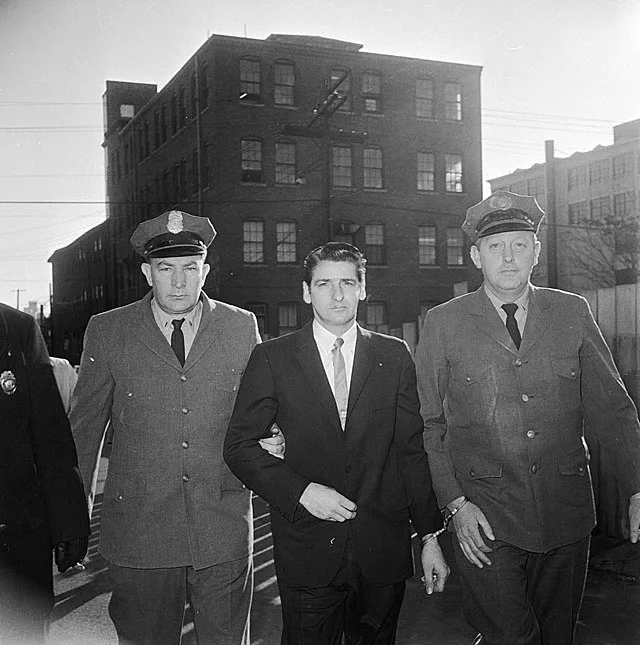
The Impact on City Living and Personal Safety
The reign of the Boston Strangler had a profound and lasting impact on Boston's residents. The murders created an atmosphere of pervasive fear, altering daily routines and instilling a heightened sense of vulnerability. Women took precautionary measures to protect themselves, such as installing double deadbolts on their doors, avoiding strangers, and purchasing guard dogs.
The case also exposed significant gaps in law enforcement practices. The initial failure to connect the murders and the reliance on DeSalvo's dubious confessions underscored the need for more advanced investigative techniques. The Boston Strangler case ultimately prompted changes in how serial crimes were investigated, leading to the development of more sophisticated profiling and forensic methods.
Unresolved Mystery
The mystery of whether the Boston Strangler acted alone remains unresolved. While the recent link in DeSalvo's DNA brought a semblance of closure, the inconsistencies and doubts that continue to surface suggest a more complex reality. The Strangler's terror had far-reaching effects on Boston, reshaping the city's approach to safety and crime prevention. As new evidence emerges, the haunting question lingers: Was the Boston Strangler truly a lone predator or part of a more sinister group of killers?
References: The Boston Strangler And His Murder Spree That Left 13 Women Dead | The Boston Strangler | Boston Strangler American serial killer






